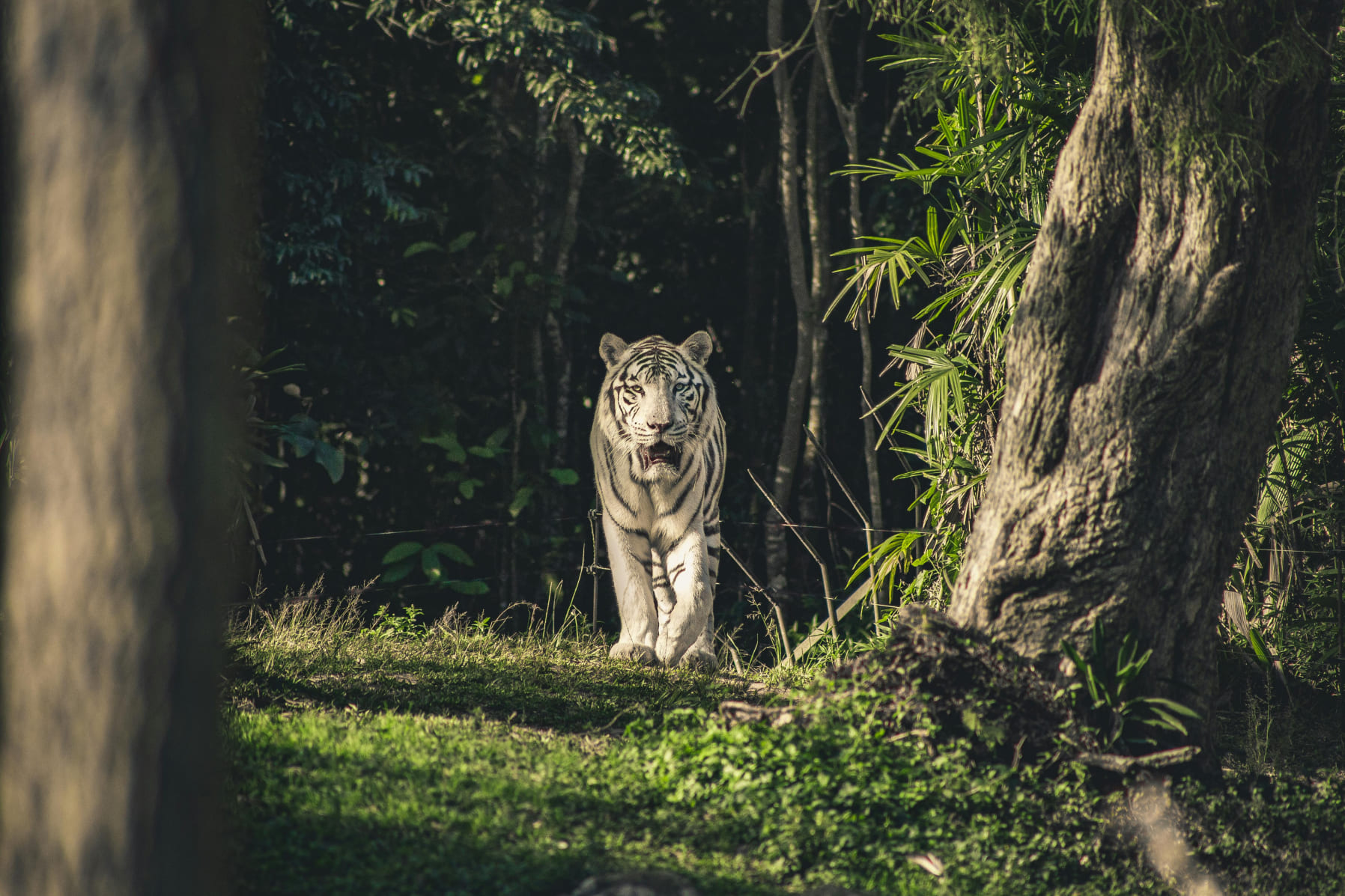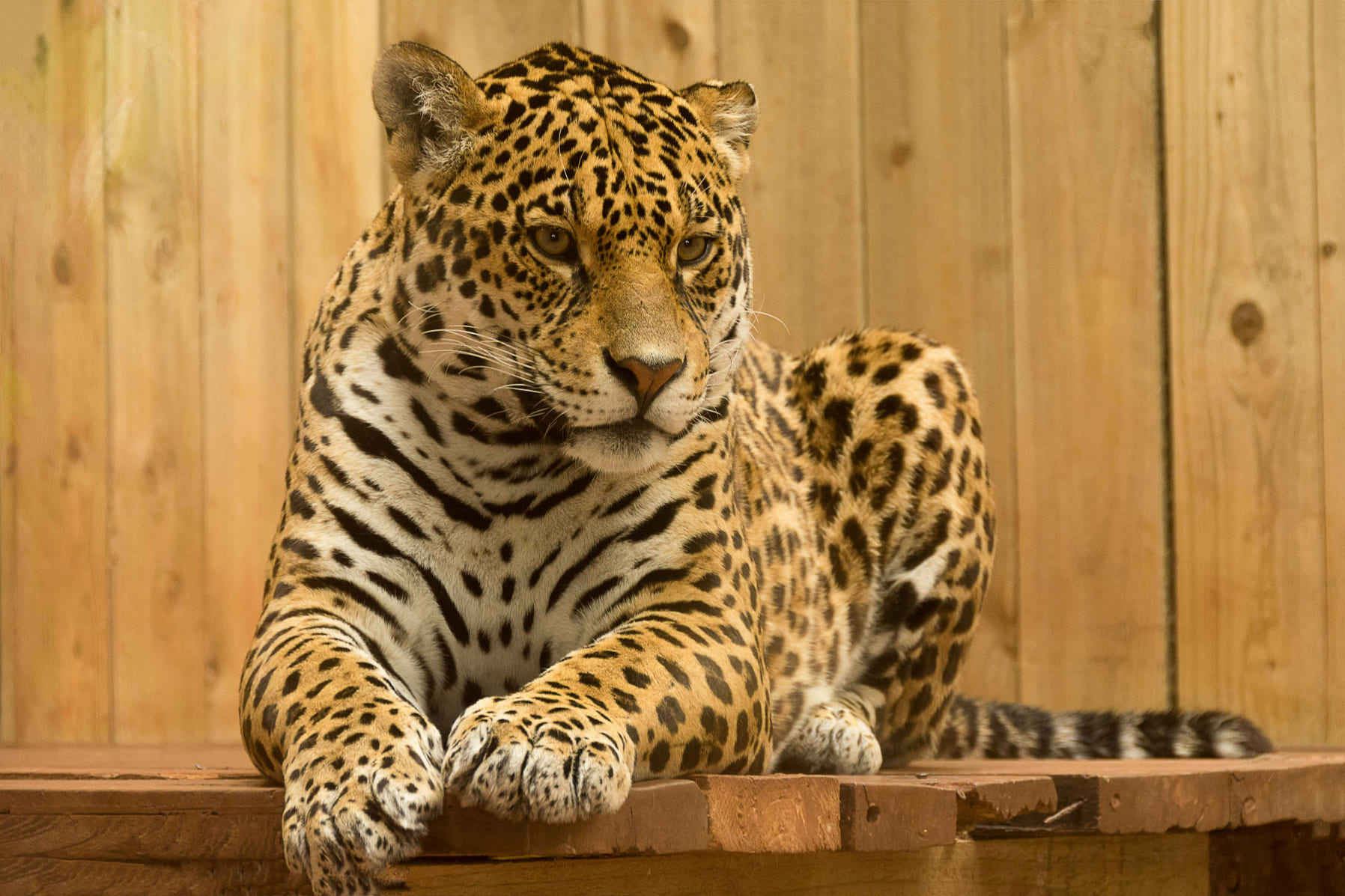Tigers are solitary hunters, relying on their stealth
to sneak up on prey. They can move almost silently.
-

Powerful Swimmers
Unlike many other big cats, tigers are excellent swimmers. They often cool off in rivers or lakes and can swim long distances in search of food or territory.
-

Solitary Creatures
Tigers typically live and hunt alone. They are territorial animals, marking their boundaries with scent to ward off other tigers and maintain.
-

Large Territories
Tigers require vast territories to support their need for large prey. A single tiger may roam across areas as large as several hundred square kilometers.
-

Nighttime Predators
Tigers are primarily nocturnal hunters, using the cover of darkness to stalk and ambush prey. Their sharp eyesight in low light gives them an advantage at night.
Diet
of Carnivores
Vocal Communication
Tigers can live in a variety of environments, from dense tropical forests to cold mountainous regions. This adaptability has helped them survive in a wide range of habitats.
Tigers have a highly developed sense of smell, which they use to track prey and mark their territory. This sense is critical for both hunting and communication with other tigers.
Endangered Species
Most tiger species are classified as endangered due to habitat loss, poaching, and human-wildlife conflict. Conservation efforts around the world are aimed at protecting tiger populations.

Tigers are renowned for their incredible physical strength.










